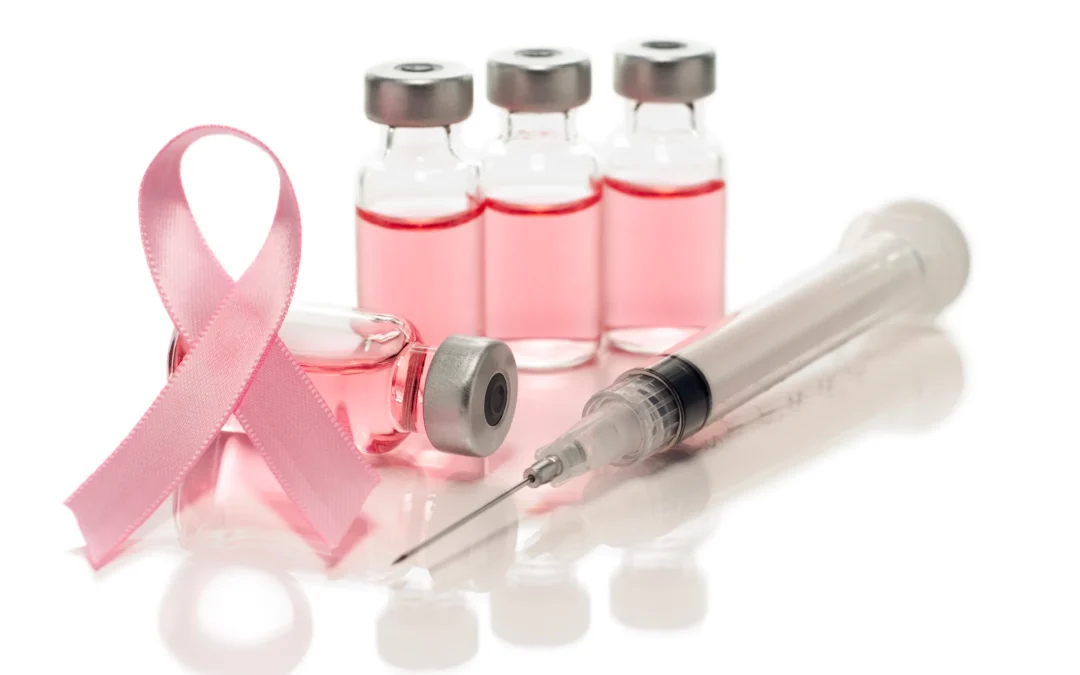Breast cancer is one of the most common types of cancer worldwide, affecting millions of women every year. While advancements in medical science have improved survival rates, the treatment remains both financially and physically challenging. From surgery to chemotherapy, the journey of a breast cancer patient is filled with hurdles that test their strength and resilience.
The Cost of Breast Cancer Treatment
Breast cancer treatment is expensive, often placing a significant financial burden on patients and their families. The costs vary depending on the stage of cancer, the type of treatment required, and the country’s healthcare system. Below are some common treatment expenses:
- Diagnosis & Tests: Mammograms, biopsies, MRIs, and blood tests can cost anywhere from a few hundred to several thousand dollars.
- Surgery: Lumpectomy and mastectomy procedures can range from $5,000 to $50,000, depending on complexity.
- Chemotherapy & Radiation: Chemotherapy sessions can cost $10,000 to $100,000 annually, while radiation therapy may add another $2,000 to $50,000.
- Targeted Therapy & Immunotherapy: Advanced treatments, including hormone therapy and immunotherapy, can be extremely costly, often reaching hundreds of thousands of dollars.
- Post-Treatment Care: Follow-up visits, medications, and rehabilitation further add to the financial strain.
For many, these costs are overwhelming, leading to stress and even financial ruin. Insurance may cover some expenses, but high deductibles, co-pays, and uncovered treatments still leave many struggling.
The Physical and Emotional Pain of Treatment
Beyond financial difficulties, breast cancer treatment is physically and emotionally draining. Each treatment method comes with its own set of challenges:
1. Surgery
Mastectomies and lumpectomies involve the removal of breast tissue, often leaving patients with scars and emotional trauma. Many women experience a loss of confidence and struggle with their body image post-surgery.
2. Chemotherapy
Chemotherapy, while effective, is notorious for its severe side effects, including:
- Nausea and vomiting
- Hair loss
- Extreme fatigue
- Weakened immune system
- Neuropathy (nerve damage causing pain and numbness)
3. Radiation Therapy
Radiation therapy causes burns, skin irritation, and fatigue. Long-term effects may include changes in breast shape and texture, as well as the risk of secondary cancers.
4. Emotional and Mental Toll
The psychological impact of breast cancer treatment is immense. Anxiety, depression, and fear of recurrence are common among patients. The physical changes, financial stress, and uncertainty about the future contribute to emotional exhaustion.
How to Manage the Burden
While the journey is difficult, there are ways to alleviate some of the challenges:
- Seeking Financial Aid: Many organizations and charities provide assistance to cancer patients.
- Support Groups: Connecting with fellow survivors can provide emotional strength and encouragement.
- Holistic Care: Yoga, meditation, and healthy nutrition can help manage pain and stress.
- Regular Medical Consultation: Staying in touch with doctors ensures timely interventions and better recovery.

